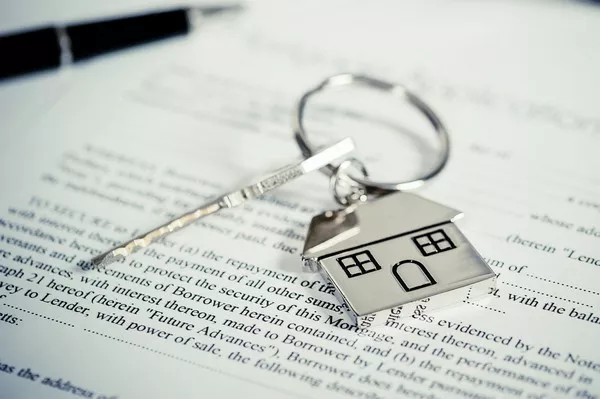Home insurance is a cornerstone of responsible homeownership, offering protection against a range of potential risks. If you’re wondering, “What Are Home Insurance Rates?” this guide is here to provide clarity. We’ll explore the components of home insurance rates, the factors that influence them, and essential considerations for homeowners seeking the right coverage.
1. Understanding Home Insurance Rates
To comprehend home insurance rates, it’s crucial to break down the components that make up this essential financial commitment.
Premiums: Home insurance rates are often referred to as premiums. These are the regular payments homeowners make to the insurance company in exchange for coverage.
Deductibles: Deductibles are the amount homeowners agree to pay out of pocket before their insurance coverage kicks in. The relationship between deductibles and premiums is a key factor in determining home insurance rates.
Coverage Limits: Home insurance rates also depend on the extent of coverage, known as coverage limits. This involves setting the maximum amount the insurance company will pay for covered losses.
2. Factors Influencing Home Insurance Rates
Now that we’ve identified the basic components, let’s delve into the factors that influence home insurance rates.
Location: The geographical location of your home is a significant determinant. Proximity to the coast, risk of natural disasters, and local crime rates can impact rates.
Home Characteristics: The age, construction material, and features of your home, such as the presence of a security system or fire-resistant materials, influence rates.
Claims History: Both your personal claims history and the claims history of your area can impact rates. Frequent claims may result in higher premiums.
Credit Score: In some regions, your credit score can affect your home insurance rates. Maintaining a good credit score may lead to lower costs.
3. Different Types of Home Insurance Policies
Home insurance rates also vary based on the type of policy homeowners choose. Understanding these policy types is crucial in deciphering rates.
HO-3 Policy: This is the most common type of home insurance policy, covering the structure of the home, personal belongings, and liability.
HO-5 Policy: This policy offers broader coverage for both the home’s structure and personal belongings. It’s often considered a more comprehensive option.
HO-1 and HO-2 Policies: These policies provide more limited coverage, often focusing on specific perils such as fire or theft.
4. How to Get Accurate Home Insurance Quotes
To obtain accurate home insurance quotes, homeowners should consider several key steps.
Evaluate Your Coverage Needs: Understand the replacement cost of your home, the value of your personal belongings, and the level of liability coverage you need.
Shop Around: Obtain quotes from multiple insurance providers. This allows you to compare rates, coverage options, and customer reviews.
Consider Discounts: Inquire about potential discounts. Many insurers offer discounts for security systems, multi-policy bundling, or claims-free history.
5. Balancing Premiums and Coverage
Balancing home insurance rates with the coverage you need is a delicate task. Homeowners should consider their budget, risk tolerance, and the value of their assets.
High Deductibles and Lower Premiums: Opting for a higher deductible can result in lower premiums. However, homeowners should weigh the potential out-of-pocket costs in the event of a claim.
Coverage Limits: Evaluate your coverage limits to ensure they align with the replacement cost of your home and the value of your belongings.
6. Conclusion:
In conclusion, home insurance rates are a multifaceted aspect of homeownership. By understanding the components, factors influencing rates, and different policy types, homeowners can make informed decisions when navigating the landscape of home insurance.
Remember, home insurance is not just a financial obligation; it’s a critical safeguard for your home and possessions. Take the time to assess your needs, shop around for quotes, and strike the right balance between premiums and coverage for a secure and protected home.


